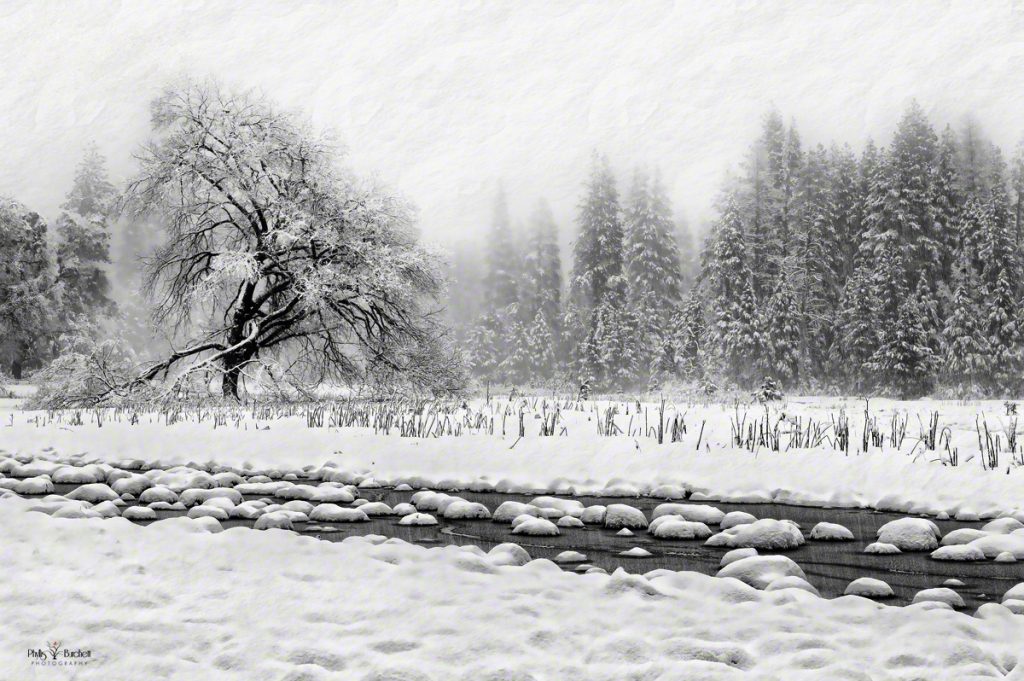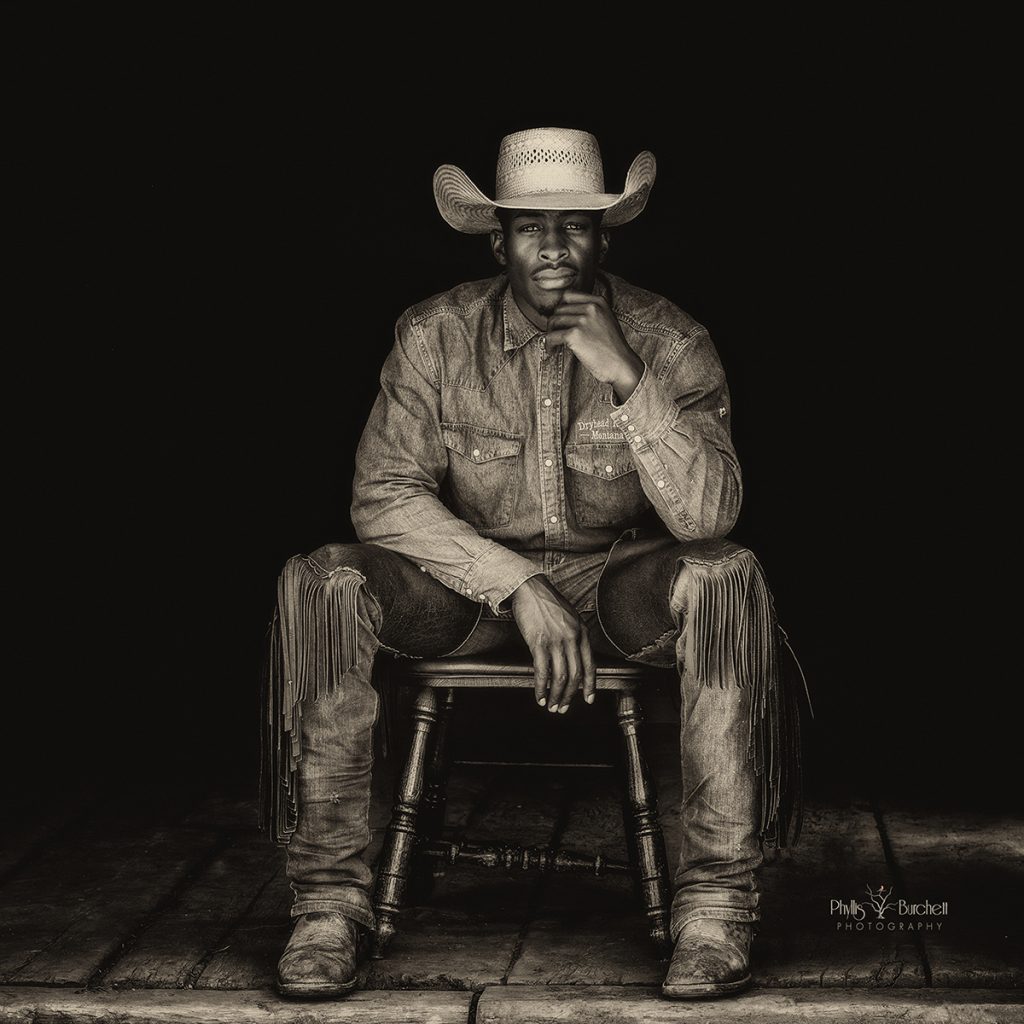Dec 10, 2024 | Black & White Photography, Black and White, Cowboys, Cowgirls, Creative Process, dogs, Editing, English, equine, equine photography, high key, horse photography, horses, horses at liberty, Monochrome, Photography, Photoshop, Portrait, Post Production, Teaching, Tutorial, Western |

In this blog post I’ll discuss how to create powerful Fine Art Black & White Photography.
Monochrome photography is a type of photography that uses only one color or variations of that color. It’s a way to simplify an image and focus on the shapes, textures, light, shadows and contrasting tones within the scene without the distraction of color.

While black and white is the most common form of monochrome photography, other colors can also be used to create striking images. For example, a sepia-toned image is considered monochrome but not black and white.

Both approaches are valid and have their own merits, but black-and-white photography, as the most classic form of monochrome, has a timeless appeal and is often the first choice when exploring this style. For that reason, I’ll discuss tips for creating powerful fine art black & white photography in this post.
Black and white photography is a subset of monochrome photography, limited exclusively to the use of black, white, and shades of grey.

Let’s look at some key elements that make black & white photography stand out.
-
Light and Shadow: In monochrome images, shadows become powerful elements of composition. They can add depth, drama, and mystery to a scene. The interplay of light and shadow is crucial for creating captivating black and white photos.
-
Contrast: The difference between the lightest and darkest areas of a photograph is known as contrast. High contrast images with bold blacks and whites can be very striking, while low contrast images with subtle tones can create a more delicate and nuanced effect.
-
Texture: Without color to distract the eye, texture becomes a prominent feature in black and white photography. The rough surface of a wall, the delicate lines of a tree bark, or the intricate details of a fabric can all be emphasized in a monochrome image.
-
Shape and Form: In black and white, shapes and forms become more defined. The interplay of lines, curves, and geometric patterns can create visually interesting compositions.
-
Composition: Good composition is essential for any photograph, but it is especially important in black and white. By carefully arranging the elements within the frame, you can create a balanced and visually appealing image.
-
Mood and Emotion: Black and white photography can evoke a wide range of emotions, from nostalgia and melancholy to drama and intensity. The choice of subject matter, lighting, and composition can all contribute to the overall mood of the image.
By mastering these elements, you can create stunning black and white photographs that capture the essence of a scene and leave a lasting impression on the viewer.

In portrait photography, it’s important to pay more attention to lighting and contrast in order to create a portrait that truly captures emotion.


In landscape photography, black and white images can be more than just a stylistic choice. We can use it to emphasize shapes, lines, and textures that might otherwise be lost in a color image.

Abstract images can create artistic and emotional impressions with their simplicity. These images often use different tones of the same color to create a unique visual experience that connects the viewer to the underlying meaning or emotion.

Post-processing is essential for enhancing black and white photos. With the help of tools like Photoshop and Lightroom, and plug-ins like Nik 7 Silver Efex we can bring out the desired characteristics of textures, contrast, and tonal range. I personally use Nik 7 Silver Efex by DxO for all my black and white conversions. It comes with presets but use sliders in the adjustment panel to get the desired look for each individual image.
In Photoshop and Lightroom the use of the following adjustments, you can create stunning images:
-
Levels: Allows altering the tonal range of an image by adjusting shadows, midtones, and highlights.
-
Curves: Provides precise control over contrast and tonality by manipulating the curve shape.
-
Dodging and Burning: Enhance or reduce specific parts of an image, affecting brightness and contrast.
-
Channel Mixer: Convert a color image to black and white using the RGB channels, improving accuracy.
Experiment with these, as each will offer different effects for your images to help you create powerful fine art black and white photography!
Black and white photography offers a timeless aesthetic, emphasizing the subject and artist’s intent.
If you’d like to sell your work for Art you should strongly consider Black and White,
it’s a versatile and visually appealing choice for home decor.













Wow, really great pictures! Thanxx a lot for all the information about these b/w pics.
Thanks so much Steffi, glad you enjoyed it!